Software A Bright Spot In A Down Storage Market

No matter how poorly the economy is doing, businesses continue to collect, store and archive data. Instead of spending on purchasing and managing additional storage capacity, those businesses are more likely looking for ways to better utilize their existing storage infrastructures. That means they're investing in software and services that not only help cut the need for hardware, but which also show a quick return on investment. This trend is reflected in changes within two key parts of the storage community. First, storage vendors are almost all reporting weaker hardware sales even as their software and services revenue is increasing. Second, solution providers with strong storage software and services plays are hiring people and expanding their business to keep up with demand from customers looking to increase the efficiency and utilization of existing storage infrastructures.

The storage hardware business is hurting. Publicly listed storage vendors have recently reported flat or falling sales and are not projecting it will get better anytime soon. In their most recent quarters, storage component vendor QLogic reported a 4 percent increase in sales and a slight drop in earnings in its third quarter compared to a year ago, while competitor Emulex reported a 17 percent revenue drop and a 40 percent earnings fall in its second quarter.
The pain is even more noticeable in the hard drive market. Western Digital reported an 18 percent drop in revenue and 95 percent drop in earnings in its second quarter despite a 4 percent rise in hard drive shipments. Seagate Technology said its second-quarter drive shipments fell 26 percent, leading to a 34 percent drop in revenue and a loss of $496 million.
On the storage systems side, Hewlett-Packard reported a 1 percent drop in its fourth-quarter enterprise storage and server business, while IBM reported a 20 percent drop in its storage business in the fourth quarter. NetApp reported a drop in hardware sales in its third quarter, which more than offset its growth in software and services sales.
One exception to the trend: EMC reported a 4 percent increase in storage systems revenue and a 3 percent drop in storage software revenue in the fourth quarter.

CommVault, the Oceanport, N.J.-based developer of data protection software, reported that revenue for its third quarter rose 19 percent over the same period a year ago, with software revenue up 16 percent and services revenue up 23 percent.
Symantec does not break its revenue into separate product lines, but it saw a 7 percent year-over-year increase in storage software sales in its third quarter.
NetApp reported 25 percent growth in software and 26 percent growth in service revenues in its third quarter, which contrasted strongly with its 13 percent drop in hardware sales.
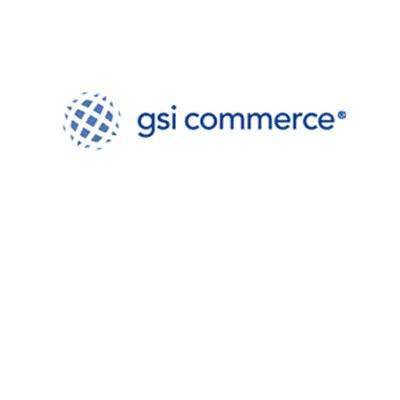
Hitachi Data Systems is seeing a slowdown in storage hardware and some delays in purchases, especially given the turmoil in the financial market, said Claus Mikkelsen, chief scientist at HDS.
"Part of the problem is, no one knows what's going to happen," Mikkelsen said. "But we keep chugging along."
It used to be said that storage was recession-proof, but that is no longer true, Mikkelsen said. Instead, he said, customers are changing the way they look at storage.
"Before, storage was measured by cost-per-megabyte, and then by TCO [total cost of ownership]," he said. "But now it's ROI or return on assets. It's about leveraging the assets you have now. A customer may have 30 percent utilization of their storage. We can tell them they don't need to buy more capacity. Instead, add thin provisioning, virtualization and more services to increase utilization to up to 70 percent."
The growth in storage will come from software and services, Mikkelsen said.
"It's not that hardware is being marginalized," he said. "But if you are doing thin provisioning, and the server thinks it has 100 Tbytes when the array only has 20 Tbytes, how much capacity do you really have? Customers are saving money and buying less hardware, but it's a net gain for us because of the thin provisioning and related technologies."

Turmoil in the economy and in the hardware business has actually helped smaller vendors like Nexsan Technologies, said Bob Woolery, senior vice president of marketing for the Thousand Oaks, Calif.-based company. Nexsan has not had any layoffs, and is, in fact, hiring salespeople to help push arrays that compete with products costing much more from larger vendors, Woolery said.
"We're not just dropping prices," he said. "Anyone can drop prices. We're focused on the financial value of the products."
Traditional storage vendors often segment their products, with some at lower prices but with lower functionality. However, at that level they compete with smaller vendors who may not have the brand cachet of larger companies but can provide expanded functionality,Woolery said.
"A couple of years ago, companies would say they couldn't get in trouble for buying a brand, like a company with a three-letter name," he said. "Now they're saying, they can't get in trouble from purchasing value."
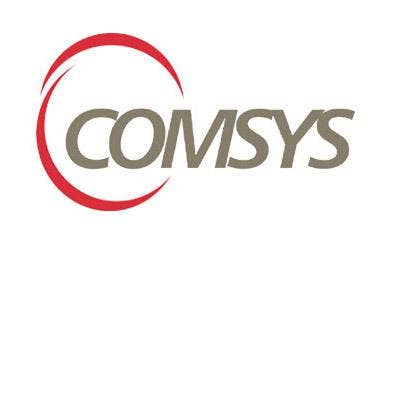
Reijane Huai, chairman and CEO of storage virtualization software vendor FalconStor, has one word to describe today's business environment: Caution.
"The simple fact is, the economy is slowing, and everybody is being prudent in spending and finding better ways to do things," Huai said.
Companies that focus on software tools such as replication and virtualization are finding opportunities to help customers make use of their existing storage capacity to improve the protection of their data or offer services like business continuity, he said.
"In the past, customers could afford to spend huge amounts of money in telco and data center expenses," he said. "Now, with budgets under pressure, customers need replication technology to help move data from model of storage product to any other model of storage product, regardless of vendor."
Software can help position IT as a profit center, not a cost center, Huai said.
"A lot of IT organizations consume a lot of storage," he said. "If we can help them optimize their resources from a hardware and management point of view, and can help them improve the disaster recovery and business continuity, IT will be seen in a different light."
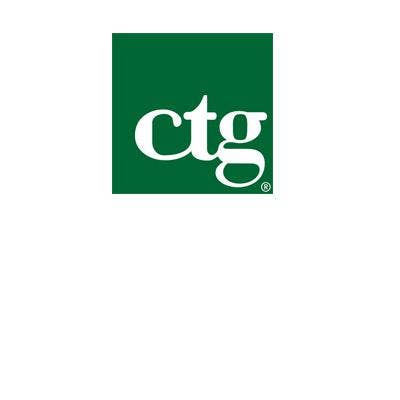
Customers are still purchasing storage, but they are more closely scrutinizing the deals, said Brian Bell, vice president of worldwide sales at Compellent, which sells a storage platform closely tied to its management software. "We see this as an opportunity," Bell said. "The stronger companies will get stronger in a down time."
Strength in the storage market for any vendor comes from strong storage partnerships, Bell said. "Sometimes, with traditional vendors, a company sees margins being squeezed and thinks the best way to get the deal as quickly as possible is go direct," he said. "Our model is channel-only, and our reps get paid only if the deal goes through the channel."
Because of that channel focus, Compellent has not had to deal with layoffs or restructuring, Bell said.
"We're cautious in how we bring in new talent," he said. "We're still in growth mode. Our model is to work with channel partners. One of the benefits of being a high-growth organization is, we can be more nimble in hiring."
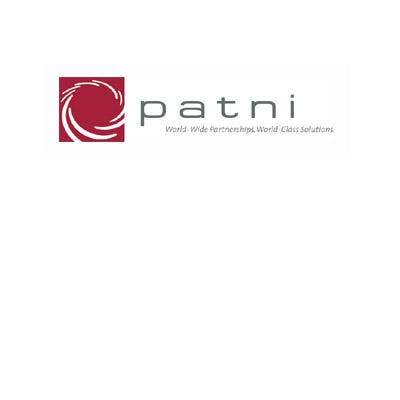
Talks with customer CIOs and vice presidents always come around to the fact that storage is still a growing opportunity and challenge, said Bill Robbins, executive vice president of worldwide sales at Symantec.
"Even as the economy is slowing, we're not seeing a downturn in the amount of data being stored," Robbins said.
Software vendors like Symantec help customers better manage their storage and improve the utilization of their existing assets, Robbins said. "Customers are more focused on how to get better utilization out of what they already have," he said.
As a result, Symantec saw a 7 percent year-over-year increase in storage software sales in its third quarter, he said.
"I'm very optimistic about sales of our storage products as we go into the first quarter and first half of the new year," Robbins said. "Given all the economic conditions, we're seeing very good demand."
Symantec had layoffs late in 2008, mainly of people involved in administration, Robbins said. At this point, there are no further plans to reduce its workforce, he said.
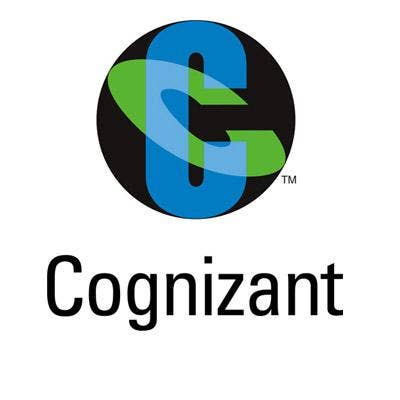
There's no question that IT budgets will be constrained in 2008, said Dave West, vice president of marketing and business development at CommVault, an Oceanport, N.J.-based developer of data protection software.
"Customers will be looking at how to get the most from their infrastructure," West said. "I expect data growth to double this year. So people will look at ways to address costs. They don't want to roll in new hardware. We're looking at ways to help customers to control costs and extend the life of their infrastructure."
Software is the key to helping customers reduce disk capacity and moving data to lower-cost secondary storage devices, West said. "From our experience, we know customers can get a 40 percent decrease in capacity in the first year with software," he said. "If a vendor can't help cut the cost of storage, it will have trouble succeeding."
Users want to cut storage hardware equipment and delay purchases, something they can do using software features such as deduplication, West said. "We look at ways to help customers control costs and extend the life of their infrastructures," he said.
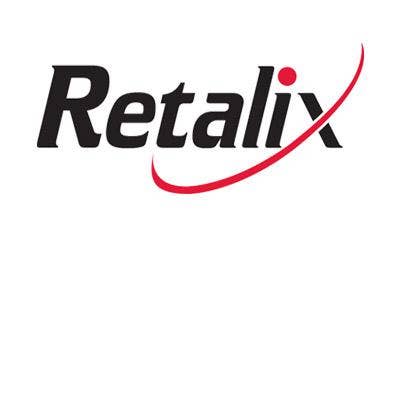
NetApp this month said its third-quarter hardware revenue dropped 13 percent compared to last year, but that its software business grew 25 percent and services revenue grew 26 percent.
The first three weeks of January, which corresponded with the end of NetApp's third fiscal quarter, were especially dismal in terms of product sales, resulting in lower revenue of about $50 million compared with the same period last year, said Dan Warmenhoven, chairman and CEO of the storage vendor.
"When people came back to work after the holidays, they might as well have stayed on vacation," he said.
During the same time, the company's total indirect channel business was up, and it accounted for a bigger part of NetApp's revenue than in the past without impacting earnings, Warmenhoven said.
NetApp's total indirect business rose 8 percent during the quarter compared with the same period last year, and now accounts for 69 percent of the company's total revenue, Warmenhoven said. The company's primary distributors, Arrow and Avnet, both accounted for about 10 percent of revenue, while IBM accounted for 6 percent, he said.
"The channel was really pumping for us," he said.